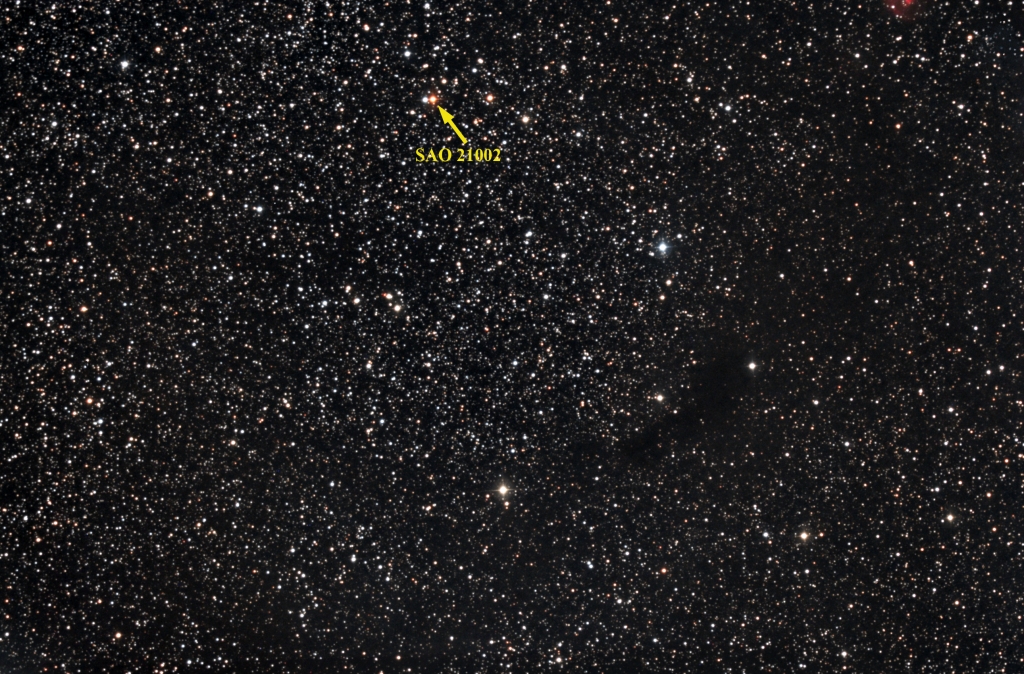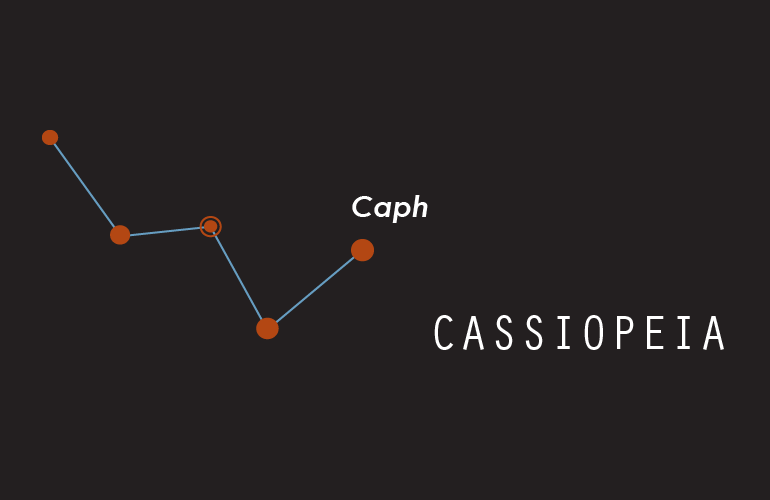


Navi is the third brightest star and makes up the center of the W. With a magnitude of 2.28, it is believed to be a blue-white giant star 28 times brighter than the Sun. It is an orange giant star located 228 light years from Earth. Shedar is the brightest star in the constellation with a visual magnitude of 2.24. The stars that make up this W are Segin, Ruchbah, Navi, Shedar, and Caph. As the stars rotate throughout the night, Cassiopeia can sometimes be seen hanging upside down as punishment for her vanity.Ĭassiopeia is one of the most easily recognizable constellations due to its distinctive W or M shape, depending on the time of year and the viewer’s location. Cassiopeia was condemned to circle the celestial pole forever. As punishment, the god Poseidon placed Cassiopeia and Cepheus in the sky. She is represented as being chained to her throne in the heavens as punishment for her boast of being more beautiful than all the Nereids. It is bordered by Andromeda to the south, Perseus to the southeast, and Cepheus to the north.Ĭassiopeia was the wife of Cepheus and mother of Andromeda. This makes it the 25th largest constellation in the night sky. It is a mid-sized constellation occupying 598 square degrees. Since it is located close to the north celestial pole, it is completely below the horizon for anyone located south of -20 degrees. It is visible at latitudes between 90 degrees and -20 degrees. In the Northern hemisphere Cassiopeia never sets below the horizon, as a result it is visible all year in the night sky.įrom January to March the constellation will first appear almost overhead around 6 pm, as the evening progresses it will head down towards the horizon in a north-westerly direction, by early morning Cassiopeia will be low on the horizon in a more northerly or north-easterly direction.įrom April to June Cassiopeia will be visible low on the horizon in a northerly or north-westerly direction at around 9 pm, moving eastwards it will stay quite low in the sky for several hours before beginning to rise higher around 2 am.įrom July to September the constellation will be visible from around 10 pm in a northerly or north-easterly position, as the night progresses it will end up almost directly overhead before day breaks.įrom October to December it will appear high in the sky in the north-east at around 6 pm, within a few hours the constellation will move overhead before dipping back down towards the horizon in a north-westerly direction.The constellation Cassiopeia, Queen of Ethiopia, can be seen in the northern hemisphere all year long. This chart can also be applied to other areas of the Northern hemisphere such as Canada, the UK and Europe. The chart shows the position of Cassiopeia over most of the United States in mid-autumn at 10 pm. Cassiopeia is one of the ancient constellations catalogued by the Greco-Roman astronomer Ptolomy almost 2,000 years ago.The Pacman Nebula, named after its resemblance to the old video game character, also lies within the constellation.The supernova remnant "Cassiopeia A" lies within the boundaries of the constellation, supernova remnants are nebulas which form after the explosion of a large star.Schedar is the brightest star in the constellation, it is 40 times larger in diameter than the sun.If we were able to observe the sun from the nearest star system Alpha Centauri, it would appear in the constellation of Cassiopeia.The combination of its simple 'w' shape and the brightness of its stars makes Cassiopeia one of the most easily recognizable constellations in the night sky.The constellation is visible in some northerly regions of the Southern hemisphere in late spring.Cassiopeia is visible all year in the Northern hemisphere.Cassiopeia is one of the brightest and most recognizable constellations in the night sky.


 0 kommentar(er)
0 kommentar(er)
